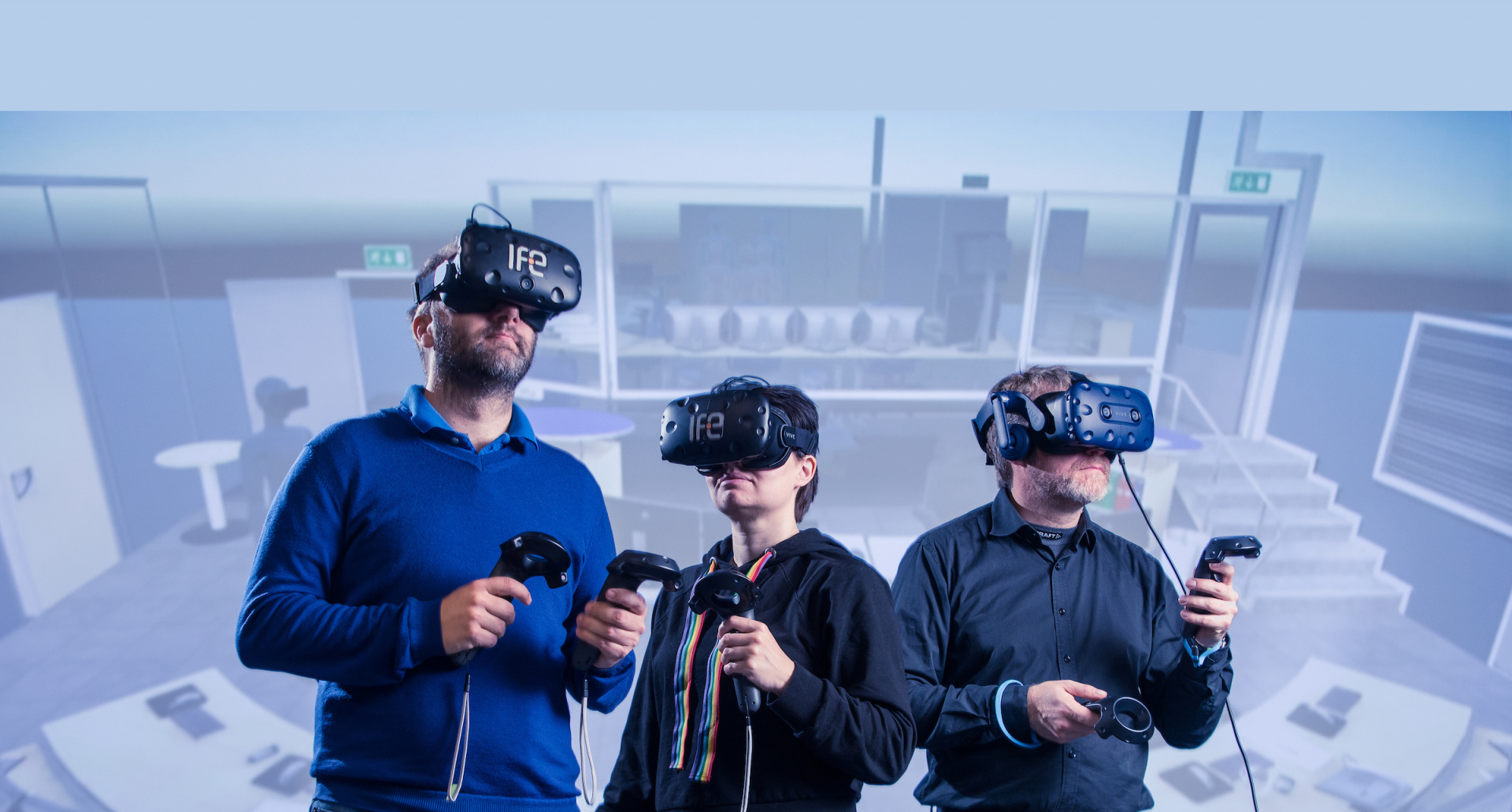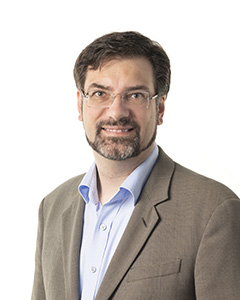The Virtual and Augmented Reality Department has a multi-disciplinary research and development team specialised in applying visual computing, software engineering, 3D modelling, and human-centred design to the challenges of operating in complex, safety-critical environments.
The VR & AR Department investigates how emerging technologies can be used to improve design, planning, training, and situational awareness related to security critical work. We use agile development methods and iterative human-centred design processes to prototype and develop solutions that range from proof-of-concepts to industrial systems. Evaluation of prototypes and systems is generally done using empirical testing in realistic settings with qualified end-users.
Key competence
The cross-disciplinary staff cover many areas of expertise including
- VR & AR, 3D user interfaces
- Computer graphics and animation
- Geometric modelling
- 3D printing
- Visual simulation
- Knowledge management
- Usability assessment
We have extensive experience in working for the nuclear industry, so we also have specialist competence in radiation transport modelling and decommissioning of nuclear facilities.
Our project portfolio covers a range of industries including nuclear, oil & gas, architecture, government, aviation, shipping, and railways. We therefore have end-user domain knowledge in several industries but we also collaborate closely with experts at IFE, our partners, and our sponsors, to identify and develop novel applications of spatial computing technologies.
Research areas
- Use of VR, AR and simulation to enable agile design and improvement processes for safety-critical industries
- Human-centred design and optimisation of working environments using virtual prototypes and digital twins
- Radiation protection planning and optimisation, as well as digital technologies relevant for use in decommissioning of industrial facilities, including robotic technology
- Virtual and augmented reality applications
- VR&AR-based training and education for safety-critical work
- Spatial data and knowledge management
- 3D user interfaces and visualisation
- 3D Modelling and laser scanning
Software Products
- tools for human-centred design of control centres using virtual prototyping and smart human factors design evaluation
- tools for developing 3D/VR/AR-based training systems
- decision-support tools for planning, optimisation, and monitoring of work in hazardous environments.
Links to our commercial 3D software products:
- www.ife.no/create
- HVRC CREATE is a suite of tools for rapidly designing and testing control room layouts with version management for tracking design iterations.
- www.ife.no/vrdose
- HVRC VRdose® is a software tool for modelling and characterising nuclear environments, planning jobs in a modelled environment, optimising protection against radiation, producing job plan reports with dose estimates, and briefing stakeholders. A key aspect of this tool is its ability to calculate and visualise radiation in real-time.

